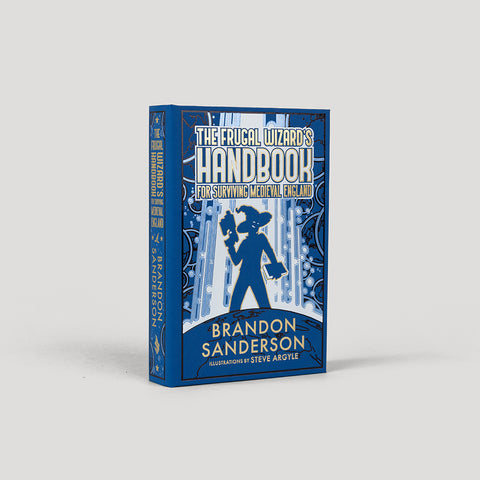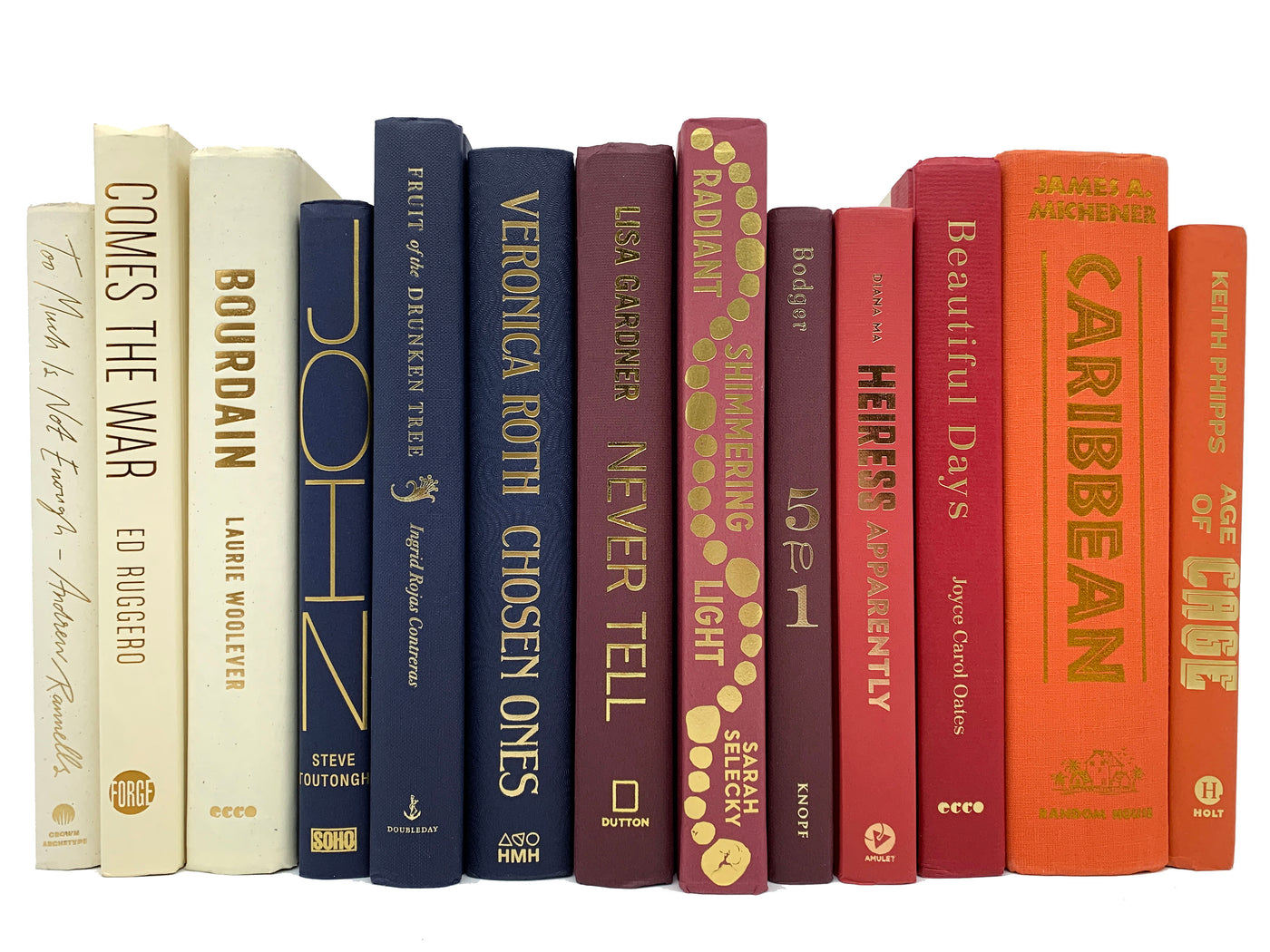Hardcover Books That Belong on Your Coffee Table
Hardcover Books That Belong on Your Coffee Table
Blog Article
A Comprehensive Guide to the Process of Hardcover Books Printing
When you start the trip of hardcover book printing, recognizing the entire process is essential. As you browse with binding and quality control, you'll discover that every choice affects the book's general charm.
Understanding the Hardcover Book Framework
When you explore the world of hardcover publications, you'll quickly notice that their structure is distinct and deliberate. The outer case, frequently made of strong cardboard, gives sturdiness and security. You'll find a material or leather treatment, which not just enhances appearances but additionally includes in guide's long life. Inside, the endpapers connect the cover to the text block, making certain a seamless interchange.
The message block itself includes several signatures, or folded up sheets, sewn with each other for strength. You'll see that the spine is reinforced, permitting for a smooth lay-flat analysis experience - hardcover books. In addition, guide's weight frequently conveys a feeling of high quality and durability
Hardcover books generally feature a dirt coat, which functions as an advertising and marketing tool while shielding the cover. Recognizing these components aids you appreciate the craftsmanship behind hardcover books and their special charm in the literary globe.
Manuscript Preparation and Modifying
Getting your manuscript all set for printing is crucial, and it begins with appropriate format guidelines. You'll require to understand the editing process to refine your work and assure it reverberates with visitors. Plus, grasping proofreading strategies can help you capture those annoying mistakes before your publication mosts likely to publish.

Manuscript Formatting Standards
Appropriate manuscript format is necessary for developing a professional-looking hardcover publication. Make certain to proofread your manuscript for consistency in style, making sure that whatever from punctuation to spacing adheres to your picked guidelines. Following these steps will set a strong structure for your publication.
Editing Process Fundamentals
Editing your manuscript is an important action that can change it from an outline into a polished last item. Beginning by reading with your work critically, concentrating on flow, framework, and clearness. Seek inconsistencies in your story, character growth, or argumentation. It's practical to take breaks between rounds of editing to get fresh point of views. Don't wait to reduce unnecessary web content or rephrase uncomfortable sentences; this will boost readability. Think about looking for responses from trusted peers or expert editors who can provide useful understandings. Remember, editing isn't almost repairing mistakes; it's regarding improving your voice and ensuring your message resonates with visitors. Embrace the procedure, and you'll see your manuscript luster.
Proofreading Strategies Review
Once you've polished your manuscript through modifying, the following action is to assure it's correct that can distract visitors. Begin by pausing after editing and enhancing; fresh eyes capture errors better. Review your manuscript aloud-- this aids you listen to awkward phrasing and area typos. Usage digital tools like spell checkers for preliminary scans, but do not depend only on them. Consider printing your manuscript; analysis on paper can reveal errors that displays miss out on. Concentrate on one sort of mistake at a time, whether it's punctuation or grammar, to avoid sensation overwhelmed. Finally, employ a relied on good friend or expert proofreader to give a fresh perspective. Their feedback can highlight issues you may ignore.
Creating guide Cover and Interior
When you're making your book cover and interior, you'll want to concentrate on necessary layout aspects that record your audience's focus. Picking the best typography styles and carefully picking colors and images can make all the distinction in sharing your book's style. Let's check out how these choices can boost your job and bring in readers.
Necessary Layout Aspects
Producing an attractive book cover and a well-designed interior is vital for drawing in readers and boosting their experience. Pick shades and images that show your publication's style and state of mind.
A tidy, orderly layout helps viewers navigate easily. Bear in mind, a natural design throughout your book fosters an expert appearance that can substantially influence a visitor's decision to select it up.
Selecting Typography Designs
Typography plays an important duty in both the publication cover and interior decoration, shaping how readers perceive your material. When picking typography styles, consider your publication's category and target audience. A timeless serif font style might function well for literary fiction, while a modern sans-serif may suit a contemporary story. Guarantee readability; your message needs to be very easy on the published here eyes, especially for longer passages. Take note of font size and line spacing, as these components impact total circulation. Blending fonts can include rate of interest, however limit it to two or three to preserve comprehensibility. Ultimately, think of power structure-- make use of different styles for headings and body message to lead viewers effortlessly via your job. Your typography options will considerably affect the reader's experience.
Shade and Images Option
Choosing the appropriate shades and images is necessary for catching viewers' attention and conveying your book's themes. Begin by considering your genre; vibrant shades may work for a kids's publication, while low-key tones match a mystery novel. hardcover books. Use imagery that resonates with your content-- pictures, images, or abstract layouts can boost your message
Think of the feelings you want to stimulate. Cozy shades can develop enjoyment, while awesome colors commonly communicate peace. When developing the cover, make particular the images does not overwhelm the title and author's name; clearness is essential. Inside, utilize constant color plans that match your typography. This natural method not only boosts your book's visual however also enriches the viewers's experience, making it more unforgettable.
Choosing the Right Paper and Materials
When choosing paper and products for your hardbound publication, it's vital to ponder how they'll impact the general feel and look of your project. Start by selecting the ideal paper weight; larger supply often conveys high quality and durability, while lighter paper can create a more delicate touch. Think about the surface as well; shiny paper boosts photos and shades, while matte can provide an advanced, downplayed look.
Fabric, leather, or printed paper can set the tone for your publication. Additionally, think about the binding products; making use of high-grade adhesive guarantees your book lasts.
Inevitably, the selections you make below show your vision, so make the effort to sample different materials (hardcover books). Your selections will help develop a publication that's not just aesthetically attractive but look at this web-site practical and likewise resilient
The Printing Refine: Techniques and Technologies
A selection of printing techniques and innovations can bring your hardbound book to life, each offering distinct benefits. Digital printing is a preferred choice for short runs, permitting for fast turnaround and economical remedies.
For special effects, you might consider techniques like foil marking or embossing, which can include a glamorous touch to your cover. Furthermore, you can decide for various inks, including environment-friendly alternatives that cater to environmentally mindful visitors. Comprehending these strategies aids you make educated choices, ensuring your hardcover book not only looks terrific yet additionally fulfills your production needs efficiently. Pick the appropriate approach to elevate your book's charm and influence.
Binding Methods for Hardcover Books
Several binding techniques can transform your hardbound publication right into a sturdy and eye-catching item. One preferred choice is the instance binding technique, where the web pages are stitched and after that affixed to a rigid cover. This offers outstanding sturdiness and a specialist look. An additional approach is the ideal binding, which uses adhesive to hold the pages with each other, enabling a sleek back however much less toughness compared to instance binding.
You might likewise take into consideration spiral binding, which permits your book to lay flat, making it optimal for workbooks or guidebooks. Each binding method has its advantages and fits different requirements, so believe regarding your publication's objective and target market when picking the ideal alternative for your task.
Quality Assurance and Final Touches
After choosing the right binding method for your hardcover book, quality control becomes important to verify your end product satisfies your expectations. Begin by checking the printed pages for any type of errors or variances in shade and format. You do not desire to miss out on any kind of typos or misprints that could affect your visitors' experience.
Next, inspect the binding stability. Validate the web pages are firmly attached and that the spine is sturdy. A well-bound book not just looks professional however additionally really feels durable in your hands.
In addition, take notice of the cover. Look for any type of scuff marks or misalignments in the artwork. Make sure they're used constantly across all duplicates. if you have actually chosen for special coatings like embossing or aluminum foil stamping.
Ultimately, carry out a thorough examination of the entire batch prior to relocating to circulation. This method, you can confirm that every publication shows your high standards.
Often Asked Concerns
The length of time Does the Hardbound Book Printing Refine Normally Take?

What Is the Minimum Order Amount for Hardbound Books?
The minimum order amount for hardcover books typically starts around 100 copies, yet it can differ based upon the printer. You must consult your selected printing service for their specific requirements and rates.

Can I Print Hardbound Books in Custom Sizes?
Yes, you can publish hardbound publications in personalized sizes. Numerous printing services use adaptability with measurements, permitting you to choose a format that suits your job. Just verify the requirements prior to positioning your order.
Exist Eco-Friendly Options for Hardbound Publication Printing?
Yes, you can locate eco-friendly options for hardcover book printing. Numerous companies utilize recycled materials and sustainable inks. Just ask your printer about their green practices useful content to guarantee your project aligns with your environmental values.
What Are the Prices Linked With Hardbound Publication Printing?
When thinking about hardbound book printing expenses, you'll need to factor in materials, design, and printing approaches. Added expenditures like delivery and binding can likewise affect your general budget, so plan appropriately for your job.
When you commence the journey of hardbound publication printing, comprehending the entire process is important.A variety of printing techniques and modern technologies can bring your hardbound book to life, each offering unique benefits. Exactly how Long Does the Hardbound Book Printing Process Typically Take?
The hardbound book printing process generally takes about 2 to 6 weeks.Yes, you can find green choices for hardcover publication printing.
Report this page